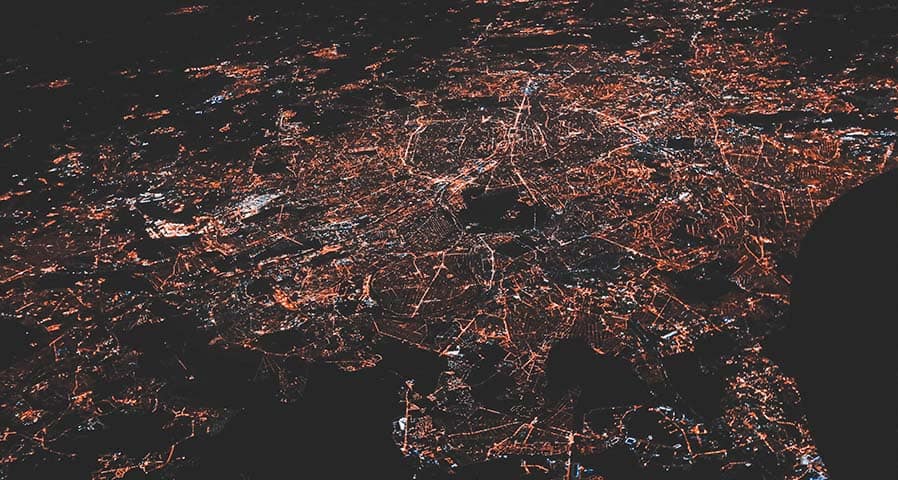The lighting control software can track energy usage and some also interface with other building systems using a gateway like BACnet functionality. Data collected from lighting sensors can have broader applications. As the B-IoT continues to advance. The sensors can scan badges, create calendars, and connect to WiFi sources to gather additional data.
Benefits of Networked Lighting Controls
Here’s a look at some of the major benefits you can expect from networked lighting controls.
Simplify Maintenance
Networked lighting controls typically have monitoring capabilities. The system sends alarm notifications via text or email regarding issues requiring attention. Some systems produce daily reports noting equipment requiring servicing or replacement.
Multiple personnel can receive the alerts making it easier for maintenance operations to respond more efficiently. These controls are especially helpful in applications like outdoor lighting where it is often difficult to manually monitor the fixture’s performance.
Optimize Room Usage
Lighting controls with monitoring capabilities help building owners and managers optimize room usage. Some examples are turning the lights off when the room is vacant, tracking when meeting rooms are reserved or in use, and even when an area requires cleaning.
When the lighting controls are capable of sharing information with other building systems like HVAC, elevators, and others to optimize energy savings.
Lighting Controls with Asset Tracking
Some lighting controls are enabled with asset tracking technology. The sensors can locate inventory in warehouses and other facilities. For example, hospitals typically assign wheelchairs and emergency equipment RFID tags. These tags can be synced with the lighting controls to track items using an app.
Indoor Communications
Large buildings like warehouses and box retail stores typically have lighting fixtures throughout the building. Using an app, lighting controls can pinpoint users’ exact location in the facility. The controls can also be used to send communications to staff and consumers. Some examples include promotions and coupons to help increase sales.
Integrated Demand Response
Networked lighting controls with the ability to interface with an automated demand response server can prevent operation disruptions due to power demand issues. The controls allow the lighting systems to integrate with utility demand response programs.
These programs work to reduce the power demand during emergency grid events. Some energy codes require an automatic reduction of power during grid emergencies by at least 15 percent.
Did you know we have a Lighting Controls Education Center? It offers a deep-dive into the various forms of lighting control technology, lighting control strategies, the different categories, and so much more.
Improve Lighting Quality
The primary purpose of lighting systems is to illuminate an area. The controls produce light that optimizes safety and comfort, allowing employees to complete their tasks. Networked lighting controls improve light quality by allowing users to control brightness and color. Some controls allow users to adjust the lighting to their specific preferences.
Lighting controls with monitoring capabilities ensure the lighting is not interrupted while also providing data to managers. Building managers can use the data to monitor employee preferences and incorporate it into future lighting designs.
B-IoT Capabilities
In theory, lighting controls can measure anything using B-IoT technology. An example is placing sensors on outdoor lighting to measure snowfall, rain levels, and CO2 levels. This technology is quickly advancing, and this may soon be a reality.
Supporting Health with Lighting Controls
The demand for healthy workspaces is increasing. Lighting controls can mimic natural sunlight supporting natural circadian rhythms that are essential to good health. The sensors can be programmed to adjust lighting intensity and color spectrum to match the time of day.
Networked Lighting Controls Are the Future
Lighting controls are a staple in new constructions and LEDs are allowing for broader applications. There are also benefits to using lighting controls that go beyond energy savings.
Whether it’s a new building or an LED upgrade in an older facility, talk to us about finding the right lighting controls to optimize your operations. Call 610-558-9773, emailing [email protected], or schedule a call that fits your needs by clicking the button below.







































0 Comments